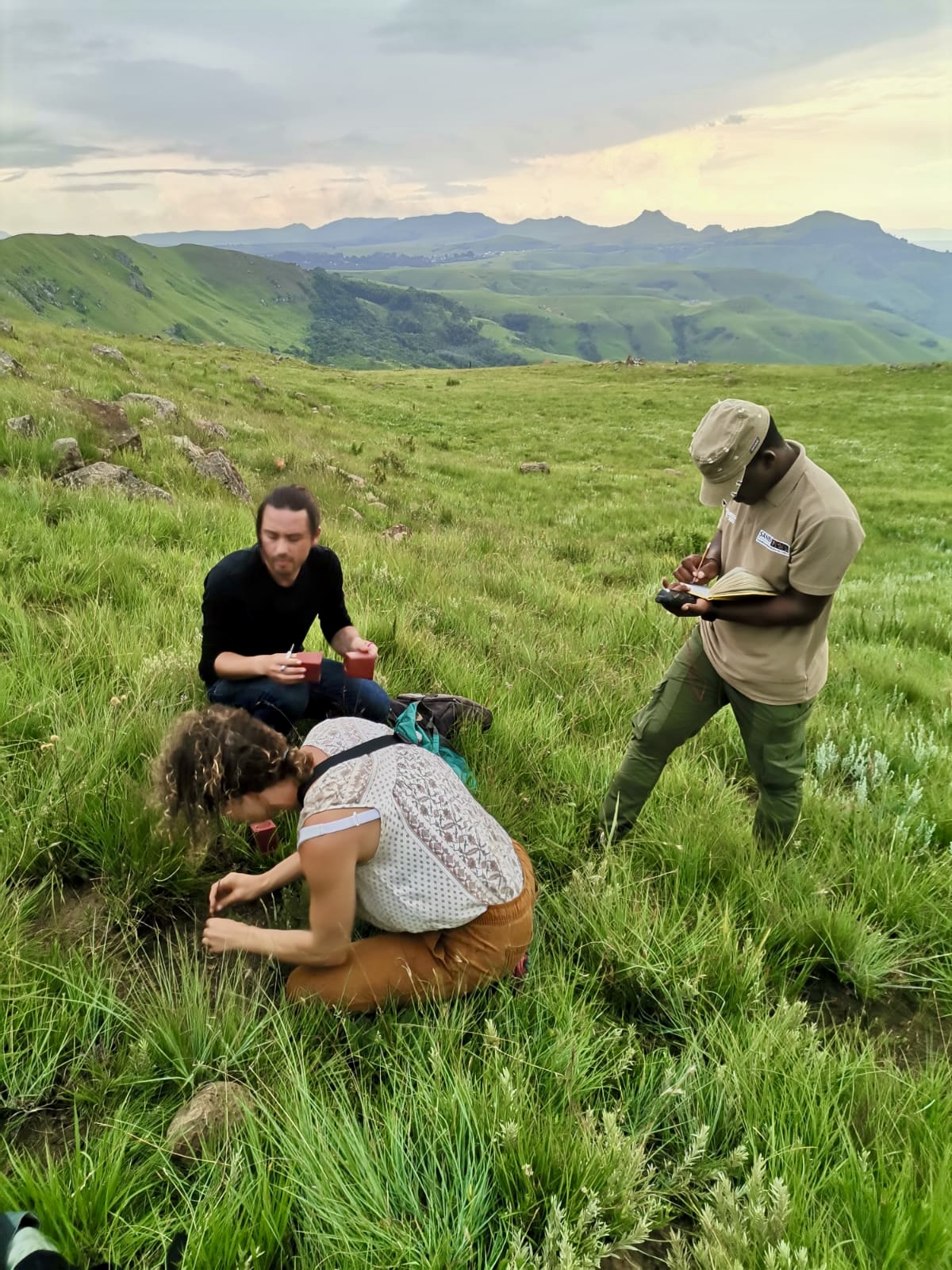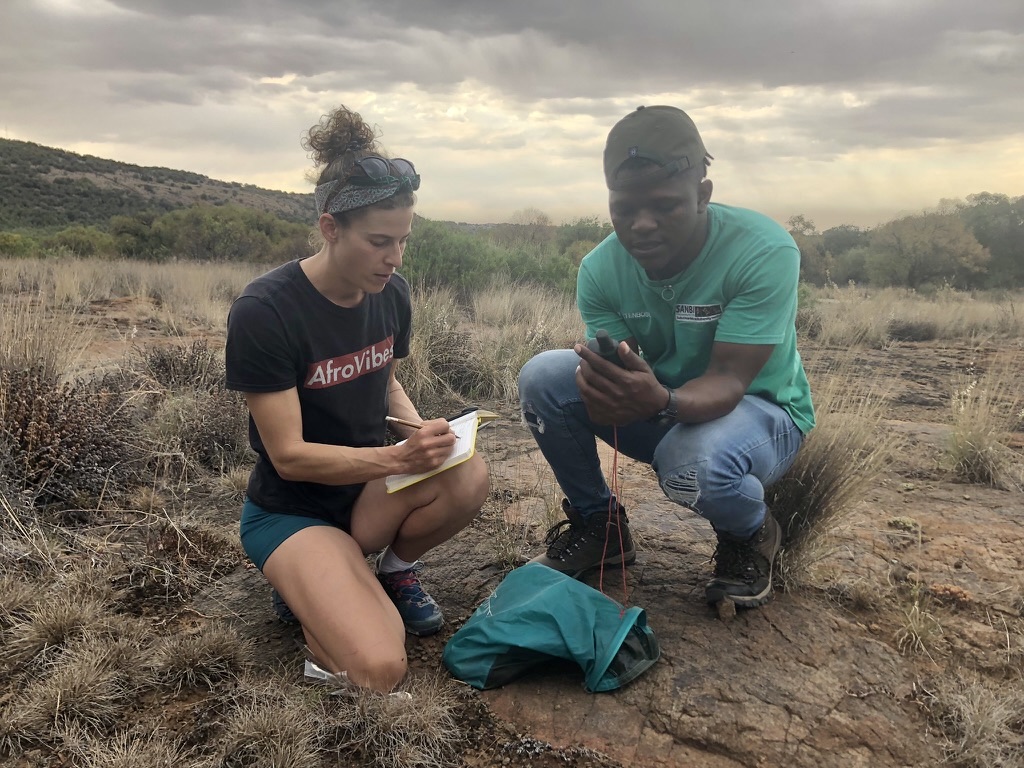New Paper Explores the Secrets of Surviving Without Water
Dr. Rose Marks brought together a team of 39 researchers from across the globe to outline a comprehensive roadmap for advancing research on desiccation tolerance.
Water is one of the most fundamental and vital components of life. Everything we do is impacted by the amount of water available. Did you drink enough to stay hydrated today? Have you watered the plants? When is it supposed to rain? In many cases, dehydration can be deadly.

Surprisingly, some organisms, tissues, and cells have been found to survive an almost complete loss of water. Take the tardigrade, for example. Tardigrades, also known as water bears, are microscopic animals that are capable of suspending their metabolism, which allows them to survive harsh environmental conditions such as drought. Another example is seen in so-called “resurrection plants,” which can survive months to years in a dry state only to spring back to life with the first seasonal rains. The ability for these organisms to survive extreme dryness without irreversible damage to their cells, known as desiccation tolerance, is a critical area of study as we face growing global challenges related to climate change, food security, and public health.
Dr. Rose Marks, assistant professor of plant biology at the University of Illinois Urbana-Champaign's School of Integrative Biology and team member of the National Science Foundation’s Water and Life Interface Institute (WALII), brought together a team of 39 researchers from across the globe to outline a comprehensive roadmap for advancing research on desiccation tolerance in a highly collaborative publication, "Life on the Dry Side: A Roadmap to Understanding Desiccation Tolerance and Accelerating Translation Applications." This review also highlights the importance of standardizing experimental methods, broadening taxonomic studies, and developing new research tools for studying life on the dry side.
Research on desiccation tolerance has historically been limited and siloed into sub-disciplines, rather than studying this phenomenon across kingdoms and scales. For example, a plant scientist studying resurrection plants might not reference research on desiccation-tolerant animals like tardigrades, and vice versa. This fragmented approach has left major gaps in our understanding of the mechanisms underlying desiccation tolerance, which have serious implications for fields such as medicine, biotechnology, agriculture, and conservation.

“Life on the Dry Side” outlines a roadmap for bridging these gaps, with the goal of harnessing the impressive survival strategies of desiccation-tolerant organisms. Insights from this work could lead to breakthroughs in developing drought-resilient crops, improving conservation strategies, and advancing the development of vaccines and medical drugs.
This new paper, published in Nature Communications, brought together a global team of researchers, including Michigan State University Plant Resilience Institute (PRI) Director Seung Yon (Sue) Rhee and faculty member Robert VanBuren, along with multiple WALII team members.
“Because we had so many voices, people with different expertise, and life experiences, we were able to create something holistic and wide reaching,” said Rose Marks about the experience of collaborating with this team. “I could never have done something like this on my own, and even WALII with all its amazing talent, doesn't capture the full scope that the international team we pulled together does.”
With the ever increasing frequency of droughts and heatwaves brought on by climate change, understanding how life survives on the dry side could be key in addressing pressing global challenges like food security, public health, and protecting our environment.
To read the full paper, visit: https://www.nature.com/articles/s41467-025-58656-y



